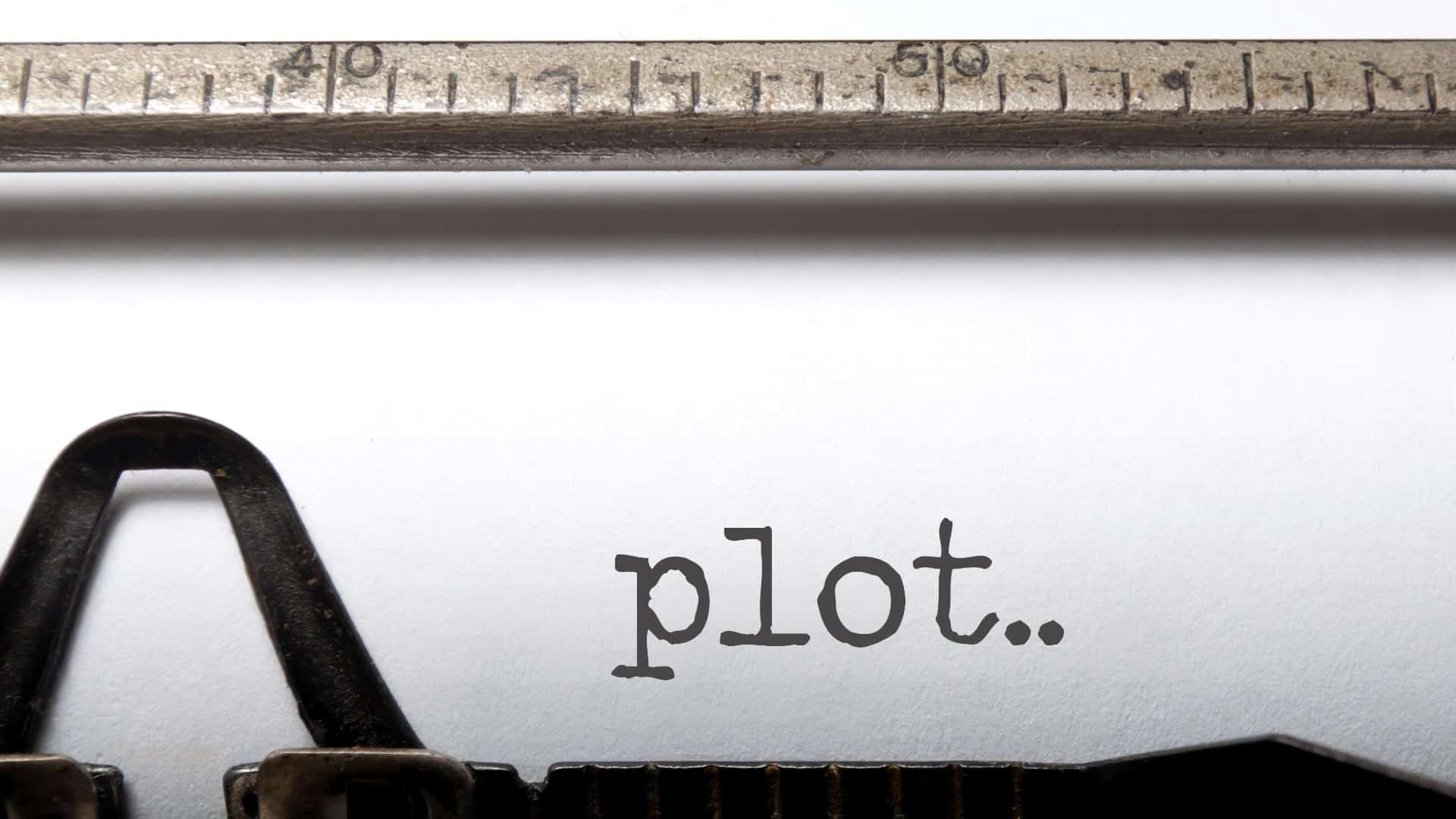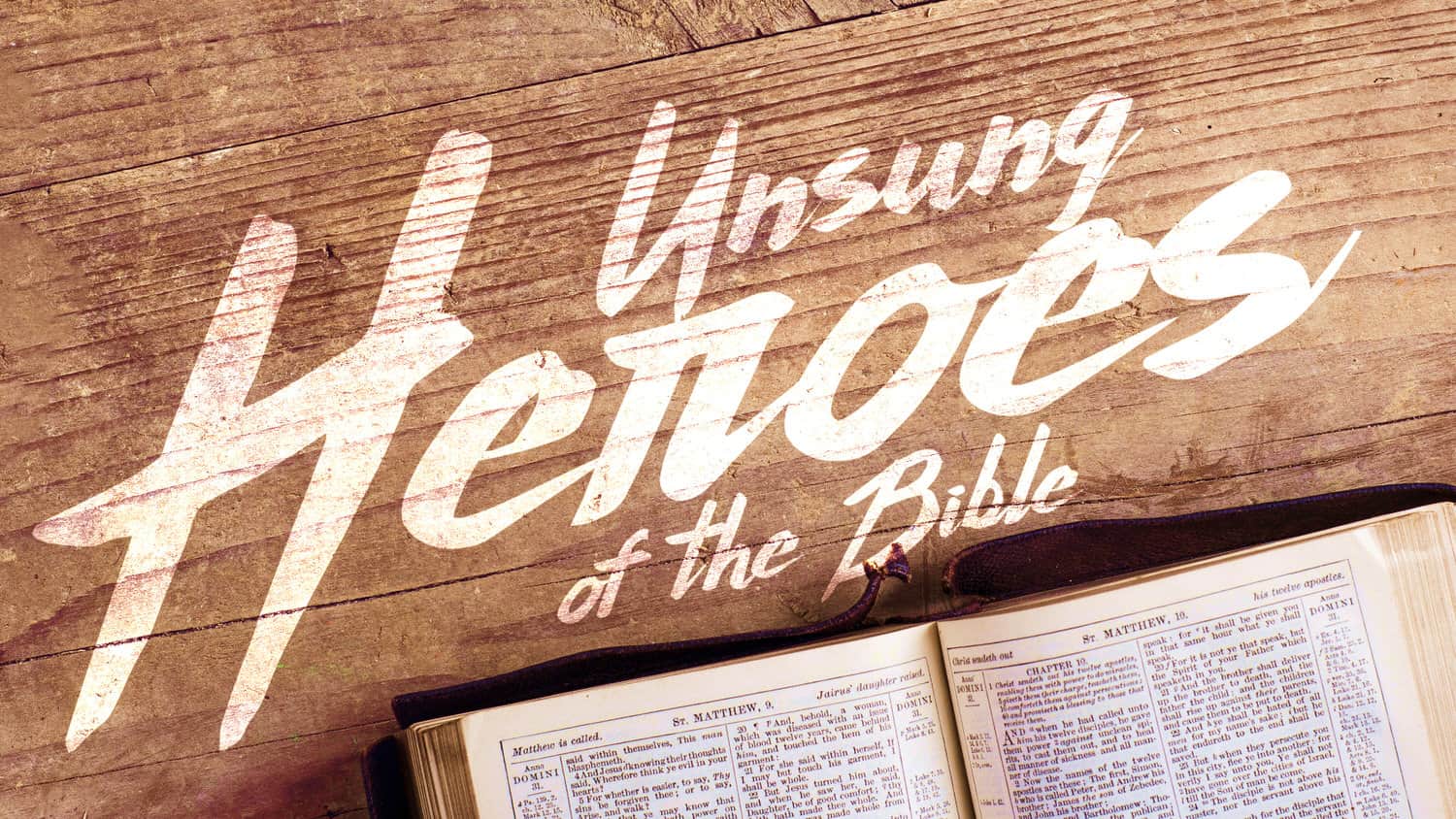Our Place in the Plot (Esther 3-4)

Big Idea: We are part of Satan's plot to harm us, but God has a plan to save us by using a mediator.
In 2004, Christopher Booker wrote a book that he’d been working on for over 30 years. It’s called The Seven Basic Plots. Its thesis is that all stories follow a similar meta plot of one central character moving toward self-realization. Every story follows a meta-plot, but there are different types of plots within this meta-plot, such as overcoming the monster, rags to riches, voyage and return, and others.
Fascinating theory. Every movie you will ever see, every story you will ever read follows the same meta-plot, and falls into one of seven general kids of plots. All of a sudden you’re able to make sense of all the stories you encounter.
So here’s what I’d like to suggest for us to consider today. Our lives are part of a larger story. The details of our lives differ, but the larger story of which we’re a part has a plot that we must understand if we’re going to live well.
Are you interested? This will help you understand your life a lot better. If so, let’s dive in.
The Plot
Okay, so what is the plot? One verse right near the beginning of the Bible describes the basic plot structure for us. They are words that God spoke to the serpent after the serpent led Adam and Eve into sin:
I will put enmity between you and the woman,
and between your offspring and her offspring;
he shall bruise your head,
and you shall bruise his heel.
(Genesis 3:15)
So here is the basic plot of which we’re a part:
- A state of hostility exists between Satan and humanity. This is not a temporary struggle. There is a state of war that exists between Satan and the human race in all generations.
- The war will involve the serpent brushing the heel. Satan will attack over and over and over again and cause damage.
- The offspring of Adam and Eve will ultimately crush Satan’s head, fatally, once and for all.
In other words, we’re part of a larger story that began with the first humans and has continued until today. Randy Alcorn tweeted a version of this basic plot this past week:
Earth is under siege, claimed by a false king, Satan, and human kings who set themselves up against God, violating His standards, declaring independence from Him. Co-heirs with Christ engage in spiritual warfare to reclaim hearts for God’s glory. https://t.co/DBW3MVFYqP
— Randy Alcorn (@randyalcorn) September 21, 2020
That explains so much. If you understand this, you will understand why life is so hard. It will bring clarity to what the solution is. It will help you understand the world.
An Example
Understanding this basic plot will help us make sense of the story we’re looking at today.
We’re looking right now at the very unusual story of Esther. 2,500 years ago, the Persian empire stretched across most of the world. Last week we were introduced to the king of that empire, just as he’d deposed his wife and held tryouts using involuntary young women to fill the vacancy.
Today’s part of the story isn’t that hard to understand. Haman, a new noble in the Persian kingdom, second in command, is ticked that Mordecai won’t bow to him. Mordecai is cousin of Esther, the new queen, and they are both part of the nation God chose to be his people. Haman becomes so furious that he gets the king to decree to genocide against the entire Jewish nation in the Persian empire eleven months later. The king agrees, and an edict is issued that all Jewish people be destroyed.
At first glance, this looks like a sadly familiar story about yet another genocidal maniac in history, until you pick up some of the clues in this story that there’s more going on. This is part of a much bigger story.
What are the clues?
In verse 3, Haman is called “Haman the Agagite.” That is so important. What is an Agagite? An Agagite is a derogatory title that Hebrews used to associate people with the Amalekite king Agag, who attacked Israel while they were journeying from Egypt to the promised land. In fact, Agag and the Amalekites had the dubious distinction to be the first to try to attack and destroy the newly formed nation. The rivalry was so great that God promised to destroy the Amalekites (Exodus 17:14). So when the book of Esther calls him Haman the Agagite, it’s stating that Haman is part of an ongoing feud between God’s people and their enemies, a feud in which God has a very personal interest.
If that clue isn’t obvious enough, the book of Esther really makes it clear in verse 10: “So the king took his signet ring from his hand and gave it to Haman the Agagite, the son of Hammedatha, the enemy of the Jews.”
This is not just your standard genocidal maniac. This is part of a larger plot that began in Genesis 3. Satan hates God’s people. Satan will do everything he can to destroy them. It’s a plot that’s existed from the very beginning, and it’s a plot that continues today. Esther 3 isn’t just he story of what happened 2,500 years ago; it’s the story of what’s happening today.
Think about it. All throughout history, from Adam and Eve, to Cain and Abel, to Joseph, to Israel, to Jesus, to the church, right to today, Satan is at war against God’s people. This shows up over and over again. Iain Duguid writes:
The reason that this conflict is so often part of our earthly experience as Christians is that there is a hidden spiritual conflict that has been going on since the beginning of the world. Haman’s enmity toward God’s people was merely the latest manifestation of Satan’s ongoing warfare against the people of God. The struggle for the hearts and minds of mankind that began in the garden continues on throughout time and space, and those who belong to the people of God will frequently feel the assaults of the Evil One. Our expectation of life ought to be of a constant spiritual battle in which unseen spiritual adversaries are constantly ranged against us, against whom we need to be on our guard…
This explains so much about life! Why is life so hard? Because there’s a battle going on, and your destruction is the goal. I’ve always been struck by what Spurgeon once said: “So, dear friends, rest assured that Satan hates every good man, and that, some time or other, he is pretty sure to show that hatred in a very cruel and deadly attack upon him.” Satan wants to destroy you.
Our Place
That’s kind of depressing. I hope you see how it makes sense of so much of life. But it’s awfully depressing. What do we do about it? Chapter 4 will help us to answer that question.
Mordecai hasn’t seen his cousin, the queen, in four years. He’s outside the city wall; she’s living in the palace. Mordecai puts on sackcloth — something you would do to mourn if someone dies — and returned to the city gate, wailing. You can feel the tension rise in this chapter.
- Esther sends out clothes so that he can come in; Mordecai refuses.
- She sends out a messenger to find out what’s wrong. Mordecai sends back a report about what’s happened.
- Esther replies with her own message saying that she hasn’t been called in to see the king in thirty days; Mordecai sends back a reply telling her to risk her life and ask the king for help.
- Esther sends a message telling Mordecai to gather all the Jews to fast.
Esther’s life, and the survival of the Jewish people, are at stake.
In the middle of all this back-and-forth, Mordecai gives the best-known words of this book:
Do not think to yourself that in the king’s palace you will escape any more than all the other Jews. For if you keep silent at this time, relief and deliverance will rise for the Jews from another place, but you and your father’s house will perish. And who knows whether you have not come to the kingdom for such a time as this? (Esther 4:13-14)
Esther could have played it safe. She could have kept silent within the walls of the palace. Nobody knew that she was Jewish. To go into the king without permission could mean death for her. The lives of God’s people were at stake. She had a tough decision to make.
In the middle of that, Mordecai reminds her: she can’t play it safe. She won’t escape. If she doesn’t act, God is more than able to find someone else to help. But maybe, just maybe, nothing that had already happened was an accident. Maybe God had put her into the palace. Maybe it’s not just Satan who’s at work in history to destroy God’s people. Maybe God is at work too.
But for Esther to play her role, she couldn’t hide anymore. Esther would have to reveal herself as part of God’s covenant people. No more double life. And she would have to act, and in doing so risk her life. And that’s what she decided to do.
What do we learn from this? The most obvious application is to draw a parallel between Esther and us. God has put you where you are to play a role. Where you are is no accident. Stop hiding, and take risks to play your role in the story of which you are a part.
I guess that’s okay and true, but Mordecai basically says that if Esther doesn’t play her part, God will find a different way. That’s important. God chooses to use us, but he’s not limited by us. The real hero in the story isn’t Esther. She has a role to play, but it’s God who is arranging events, and if Esther fails, God is able to find a different way.
I wonder if we’re really supposed to draw a parallel between Esther and ourselves. I’d like to suggest that the place to find ourselves isn’t as the hero of the story. We should probably find ourselves as one of the people who need saving. We’re under the sentence of death. We need someone who as access to the place of ultimate power, someone who can enter there to plead for us. We need a mediator. We need someone to go in, even if it means death, to save us.
In other words, we need Jesus. Jesus didn’t just risk his life to save God’s people; Jesus gave his life for God’s people. Remember: Genesis 3:15 promised a state of warfare between Satan and God’s people. But God said that someone would come and crush the serpent’s head. That’s what Jesus did. Jesus came to end the warfare. Paul writes in Romans 16:20, “The God of peace will soon crush Satan under your feet.” He’s already been defeated; soon he will be crushed. He won’t be able to bruise our heels anymore.
We live in the larger story of Satan’s plan to destroy us, and God’s plan to rescue us through a mediator. God has sent that mediator to us in Jesus. He’s the deliverer we need. Trust in him, because he will save his people.
Just a few thoughts as we close.
If you feel like you’re constantly under attack, you know why now. You’re part of a larger story. You have an enemy who’s trying to destroy you.
We need a mediator. We need someone who can win the battle against the enemy who wants to destroy us. That mediator is Jesus.
We have a role to play. God is at work. He uses us. We’re not the heroes — but it’s good if we learn our place in the story and learn to play our roles. But God is the real hero of the story.
Father, thank you for showing us in Esther what exactly is going on in this world. Satan wants to destroy us. Thank you for sending us a mediator who didn’t just risk his life but gave his life to save us. Thank you that the battle we’re a part of will end. Help us to understand this story and our part in it. In Jesus’ name. Amen.





